You ever hear that saying, “If it ain’t broke, don’t fix it”?
Well, the moving industry just threw that out the window and said, “Hold my coffee, tech’s here to shake things up!”
Moving has always been one of those things people dread—packing a lifetime of stuff, trying not to break grandma's china, and dealing with movers who sometimes seem to be guessing the whole time.
But moving companies and technology are teaming up like never before to turn that stress fest into a well-oiled machine.
And it’s not just some small trend. According to recent surveys, more than 70% of US moving companies now use tech tools like AI route planners, virtual surveys, and real-time GPS tracking to make your move faster, safer, and less stressful.
Imagine tracking your couch like a pizza delivery or getting a super accurate quote without a stranger poking around your house for hours.
Sounds like sci-fi, but it’s real.
The whole process is getting a digital glow-up, and honestly, it might just be the best thing to happen to moving since bubble wrap.
So, if you’re curious how all these fancy gadgets and smart software are making moving easier for people like you, pull up a chair and let’s explain everything.
Why Technology is Changing the Moving Industry
So, why all this fuss about technology in moving?
Moving used to be this old-school, manual grind. Movers showed up, looked at your stuff, made a rough guess on the cost, and hoped for the best. No real-time updates, no tracking, just crossed fingers and hoping.
But the world's changing fast. Customers expect convenience, transparency, and speed, just like everything else. Due to the digital transformation in relocation, the moving industry had to catch up.
The demand for faster quotes, GPS tracking, and seamless booking apps is expanding. Moving companies want to stay competitive and reduce mistakes, lost items, and delays.
Also, with bigger cities, heavier traffic, and tighter schedules, traditional moving methods just aren’t cutting it anymore.
This pushed movers to embrace new technology in logistics — to optimize routes, streamline operations, and keep customers happy.

Don't let your move be stuck in the Stone Age. Check out our list of Best Moving Companies in the USA that are embracing the digital age.
Key Technologies Moving Companies Are Using Today
What’s actually happening on the tech front? Here’s a peek at the biggest players changing the game:
AI in Moving Services
Artificial Intelligence (AI) is the secret sauce helping movers figure out the best routes and predict delivery times. Instead of guessing, AI crunches traffic patterns, weather, and truck availability to pick the fastest path. Plus, AI-powered chatbots are answering customer questions anytime, anywhere.
Virtual Surveys and 3D Scanning
Many movers now use video calls and 3D scans to evaluate your belongings remotely. This relocation technology gives you accurate quotes faster and helps avoid surprise fees on moving day.
GPS Tracking Systems
Want to know where your stuff is while it’s on the road? GPS tracking is the answer. It’s like following your pizza delivery but for your whole life. This transparency cuts down stress and builds trust.
Why You Can Trust My Good Movers
550+
moving companies
listed
16,000+
customer reviews to help you decide
50+
states covered for moving services
100%
free quotes provided instantly
Smart Sensors and IoT
Some movers use smart moving tools, such as sensors placed in boxes or trucks to monitor temperature, humidity, and shock. If you're moving sensitive items like electronics or antiques, this tech keeps them safe by alerting the company if something's off.
Digital Documentation and Payments
Paperwork is the worst. Now, contracts, insurance, and payments are all handled digitally—no lost papers, no messy signatures, just simple and secure online processes.

Long-distance move giving you the jitters? We've got the scoop on the Best Long Distance Moving Companies that make cross-country moves feel like a breeze.
How Tech Benefits You During Your Move
You might be thinking, “Cool tech stuff, but what’s in it for me?” Here’s why this matters:
Less Stress
Remember the old days when you’d be pacing around your empty apartment, biting your nails, wondering, “Where is my couch?” Real-time tracking changes all that. You can check in whenever you want and see exactly where your belongings are.
More Accurate Quotes
Nothing sucks more than thinking you got a great deal, only to get hit with surprise fees on moving day. Virtual surveys and 3D home scans mean movers can give you a quote that actually matches what’s going on. They can see exactly how much stuff you have without needing to drag a truck over just for an estimate.
Faster Scheduling
Due to automated scheduling software, movers can coordinate trucks, drivers, and routes without breaking a sweat. That means they get to your place faster, avoiding the delays that used to happen when everything was done manually.
Better Customer Service
Chatbots powered by AI might sound like robot nonsense, but they're surprisingly handy. Got a quick question? Need to update your moving date? These bots answer instantly, any time of day, without waiting on hold or listening to elevator music.
Safety for Your Belongings
Movers are now using smart sensors inside boxes or trucks to monitor temperature, humidity, and even bumps during transit. If something goes sideways, the company knows right away and can take action.

Still Googling “movers near me”? Skip the guesswork. Use our movers search option to find movers that won’t ghost you mid-move.
Behind the Scenes - Tech Making Moves Easier
The magic isn’t just what you see as a customer. Behind the scenes, moving companies use tech to run their businesses better, so everything clicks:
Route Optimization
Using AI-powered software, movers can plan the smartest routes that dodge traffic jams, road closures, and construction zones. This saves fuel, time, and stress—not just for the movers but also for you, because your stuff gets where it needs to go on schedule.
Inventory Management
Gone are the days of guessing how many boxes you packed or what's in them. Modern movers use barcode scanners and RFID tags to digitally track every item they move, drastically reducing lost or misplaced belongings.
Fleet Management Systems
Moving companies don't just track your stuff; they also monitor their trucks and drivers. GPS and telematics systems monitor everything from fuel usage to maintenance needs and even driver behavior, such as speed and braking habits.
Automated Scheduling
Coordinating trucks, drivers, and customers used to be a logistical nightmare. But now, software automates all that. It matches available trucks with drivers and assigns moves based on location and timing, making sure nothing falls through the cracks.
Predictive Maintenance
Some moving companies use data analytics to predict when a truck will need maintenance before it breaks down. This proactive approach avoids costly delays and breakdowns on moving day.
Digital Load Planning
Loading a moving truck efficiently is a skill, and tech is stepping in to help. Digital load planners use algorithms to figure out the best way to stack and arrange your belongings so everything fits safely and space is optimized.
Employee Training Platforms
Modern movers also use digital training tools to keep their teams sharp on using new technology and safety procedures. This means better service and fewer mistakes.
Customer Relationship Management (CRM) Software
Movers keep track of customer preferences, history, and feedback using CRM systems. This helps them offer personalized service and resolve issues quickly.
Challenges in Adopting New Technology
Adopting new technology in logistics isn’t always a walk in the park. It comes with its own set of hurdles. It sounds awesome, but it takes a lot of patience, time, and sometimes a little frustration.
Costs
Investing in high-tech software, smart sensors, AI tools, and fleet management systems can cost a pretty penny, especially for smaller or family-owned moving companies. It's not just the initial purchase either. There’s ongoing maintenance, software updates, and sometimes pricey subscriptions.
Training
You can buy the fanciest gadgets, but if your team doesn't know how to use them, it's like buying a sports car and only driving it in first gear. Getting staff up to speed on new systems takes time, effort, and a good dose of patience. Training also means downtime, which can temporarily slow operations.
Data Security
With great technology comes great responsibility, especially when it comes to your personal information. Handling customer data digitally means movers need to invest heavily in cybersecurity. A data breach could cost a company a fortune and ruin its reputation faster than you can say "lost shipment."
Resistance to Change
Some movers have been doing things the same way for years and are skeptical about switching to tech-heavy systems. There’s fear about the unknown, worry that tech might replace jobs, or simply reluctance to overhaul processes that seem to work “well enough.”
Integration Issues
Sometimes, new tech doesn't play nicely with existing systems. For example, moving companies might have legacy software or manual processes that don't mesh well with new digital tools.
Customer Adoption
Not all customers are tech fans, either. Some people still prefer talking to a real person on the phone instead of using an app or chatbot. Moving companies have to balance offering high-tech options while keeping traditional customer service alive.
The USA Moving Market and Technology Trends
The American moving market is huge—over $18 billion up to now—and growing fast. With so many companies competing, those who innovate with tech get noticed.
US consumers are used to fast, tech-driven service in everything from shopping to transportation. So they expect the same when moving. This has pushed movers to invest heavily in modern moving solutions and innovations in moving services.
Plus, the vast size of the US means efficient logistics tech isn’t just a luxury — it’s a must. From big cities with traffic jams to rural moves across states, tech helps make it all work.
Future Innovations in Moving Technology
The moving world is getting ready for some seriously cool tech upgrades. Here’s what’s coming next:
- Smarter AI: Next-gen AI will not just plan routes—it will predict problems like traffic jams or weather delays before they happen. Movers can then adjust plans in real time, keeping your move smooth and on schedule.
- Electric and Autonomous Trucks: Electric trucks promise greener, quieter moves with lower fuel costs. On top of that, autonomous (self-driving) trucks are being tested to improve safety and operate around the clock without driver fatigue.
- Augmented Reality (AR): AR lets you use your phone to virtually place furniture in your new home, so you can plan layouts and know what fits before moving day.
- Blockchain: This ultra-secure digital ledger technology will keep contracts and payments transparent and tamper-proof, which reduces disputes and builds trust between movers and customers.
- Smart Packing Robots: Robots designed to help pack and load efficiently are on the horizon, which could speed up moves and reduce damage to your belongings.
How to Choose a Tech-Savvy Moving Company
When it’s time to pick movers, don’t just go for the cheapest or closest. Here’s what to look for:
- Ask if they use AI in moving services for route planning and customer support. AI can help optimize routes to avoid traffic and get your stuff there on time. Plus, AI-powered chatbots provide faster, 24/7 answers to your questions without waiting on hold forever.
- See if they offer virtual surveys or video estimates. These let movers accurately assess your belongings without an in-person visit, speeding up the quoting process and cutting down surprise fees on moving day.
- Check if they provide GPS tracking for your shipment. Being able to track your shipment in real time means less stress and more transparency. You'll always know where your stuff is—no more guessing or waiting around.
- Find out if they use digital documentation and payments. Handling contracts, insurance, and payments online is faster, safer, and way more convenient than dealing with stacks of paper.
- Ask about smart moving tools like sensors for fragile items. Movers who use sensors to monitor temperature, humidity, and shocks show they care about protecting your valuables, especially delicate or high-value items.

Wanna dodge those sneaky moving fees? Crunch the numbers with our Moving Cost Calculator tand know exactly what you’re in for.
Recommended Resource



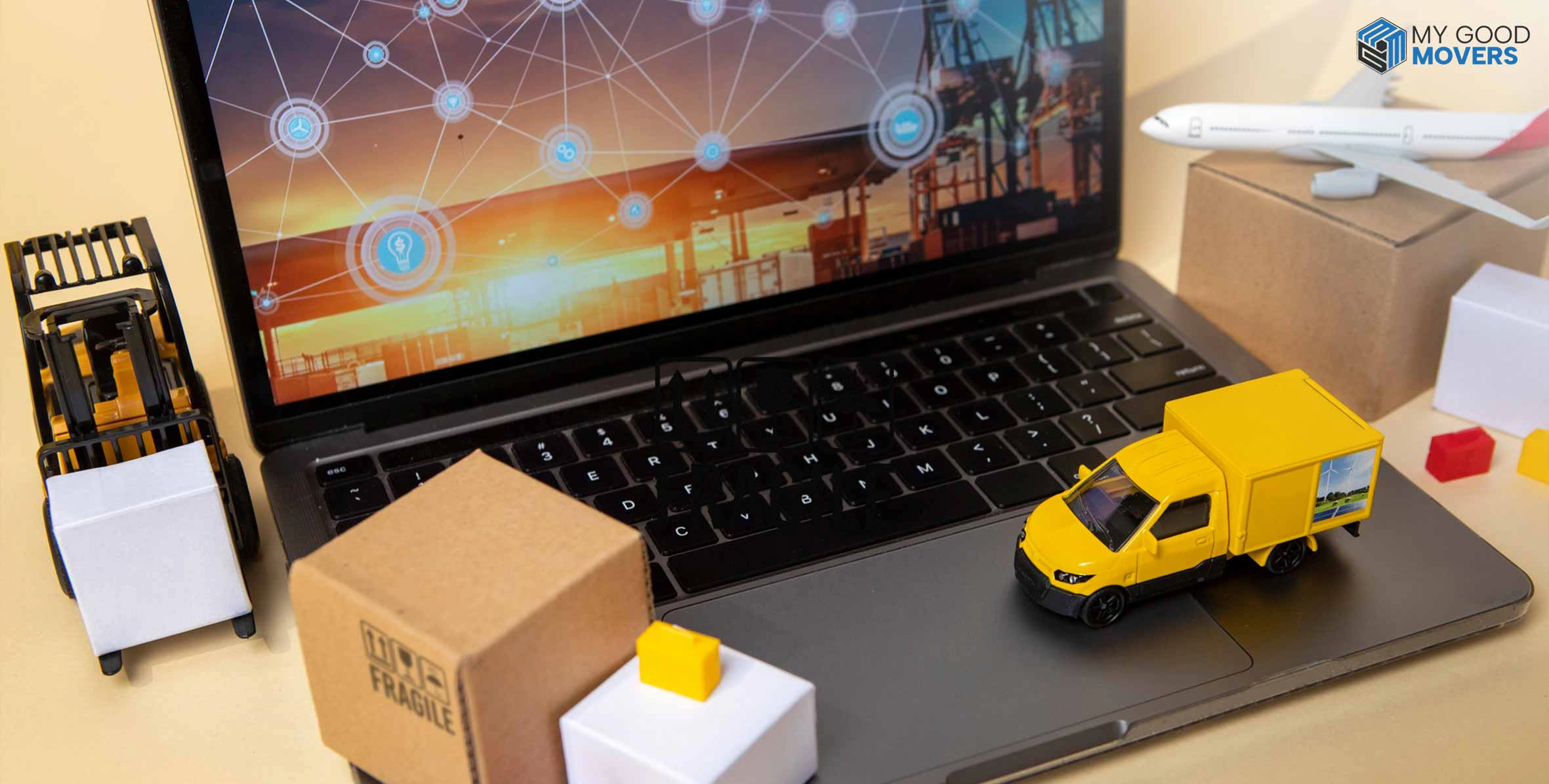
















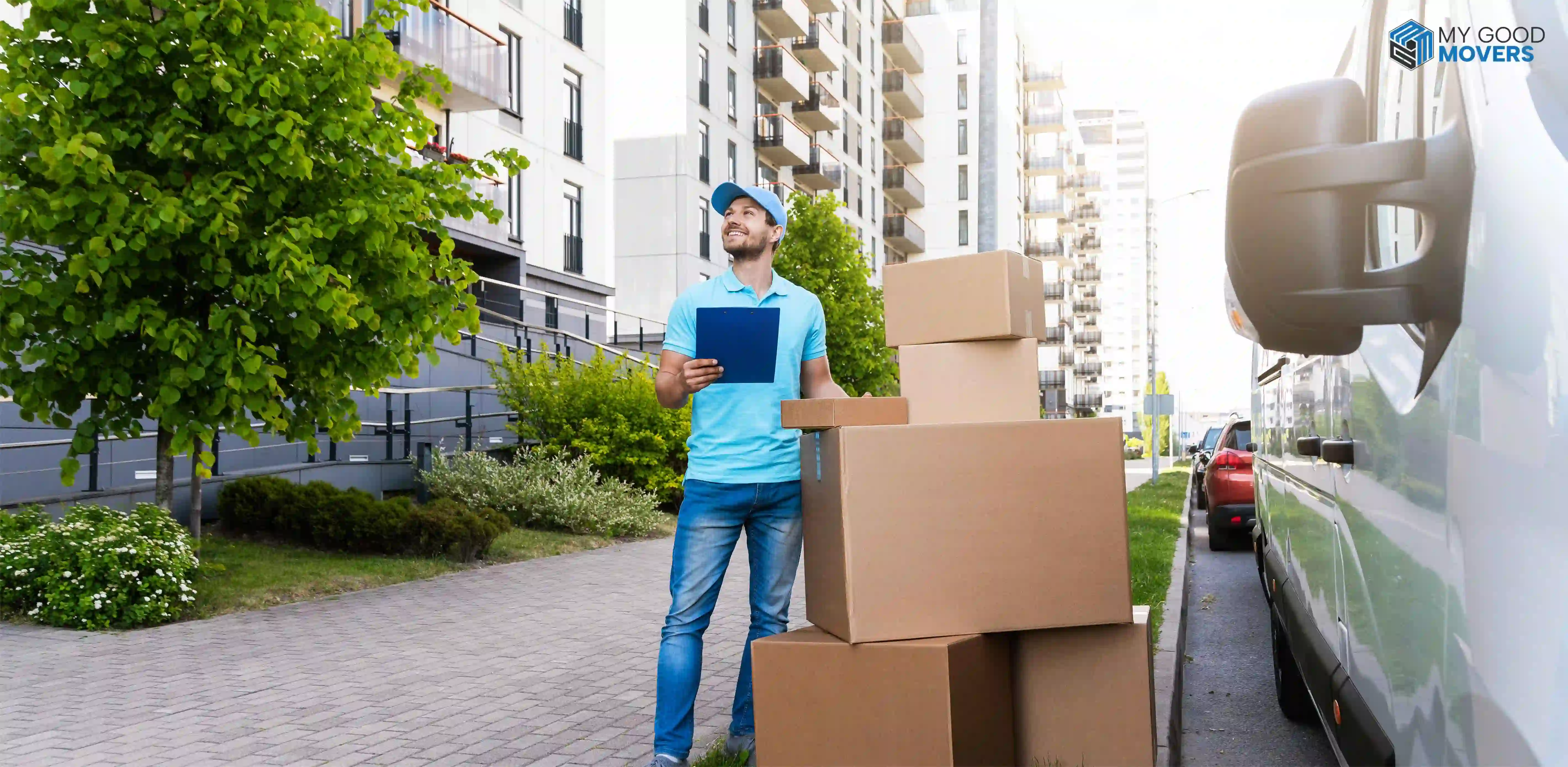

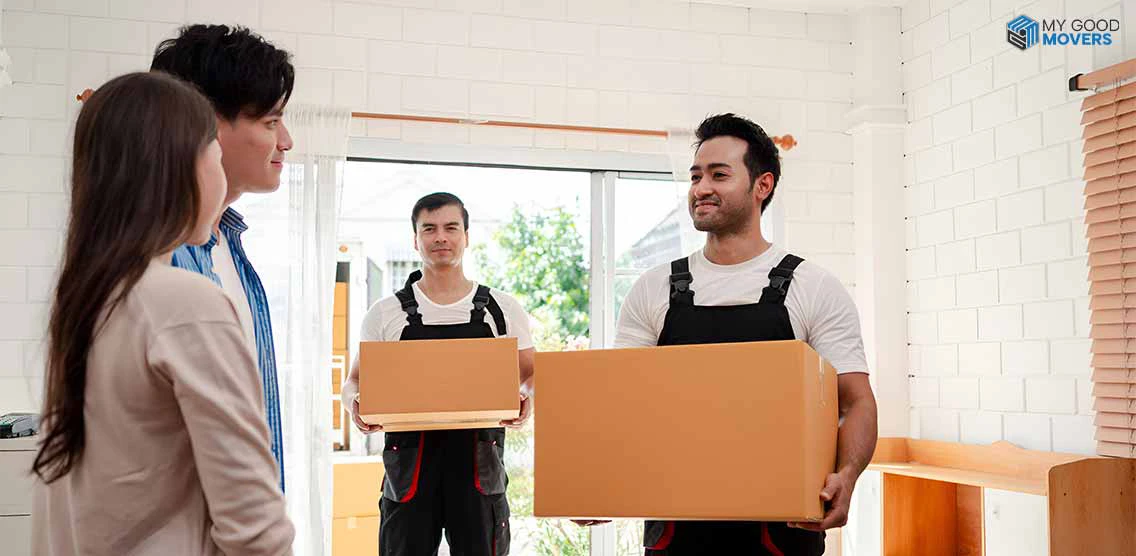


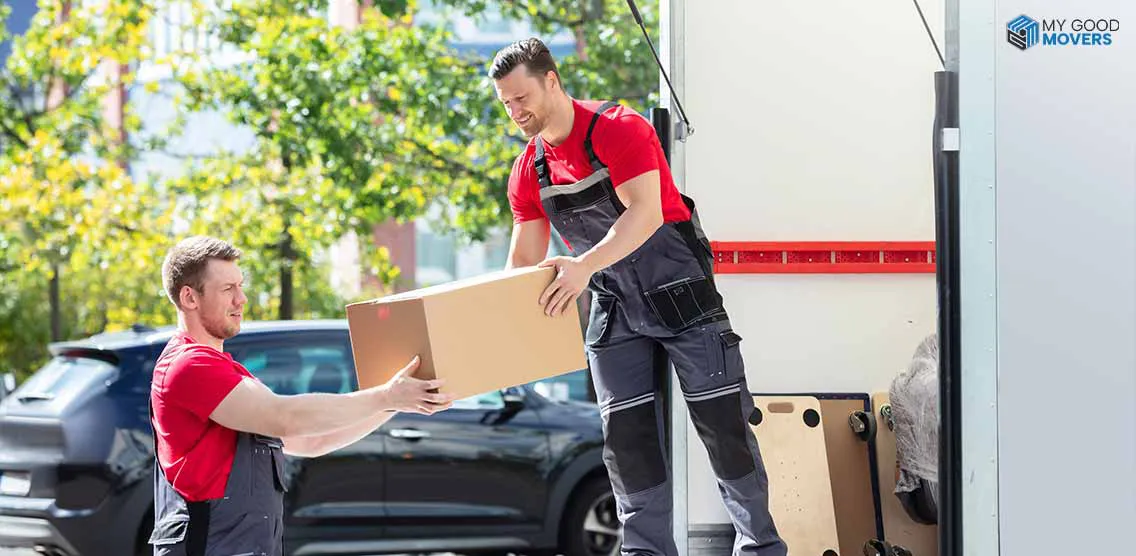


















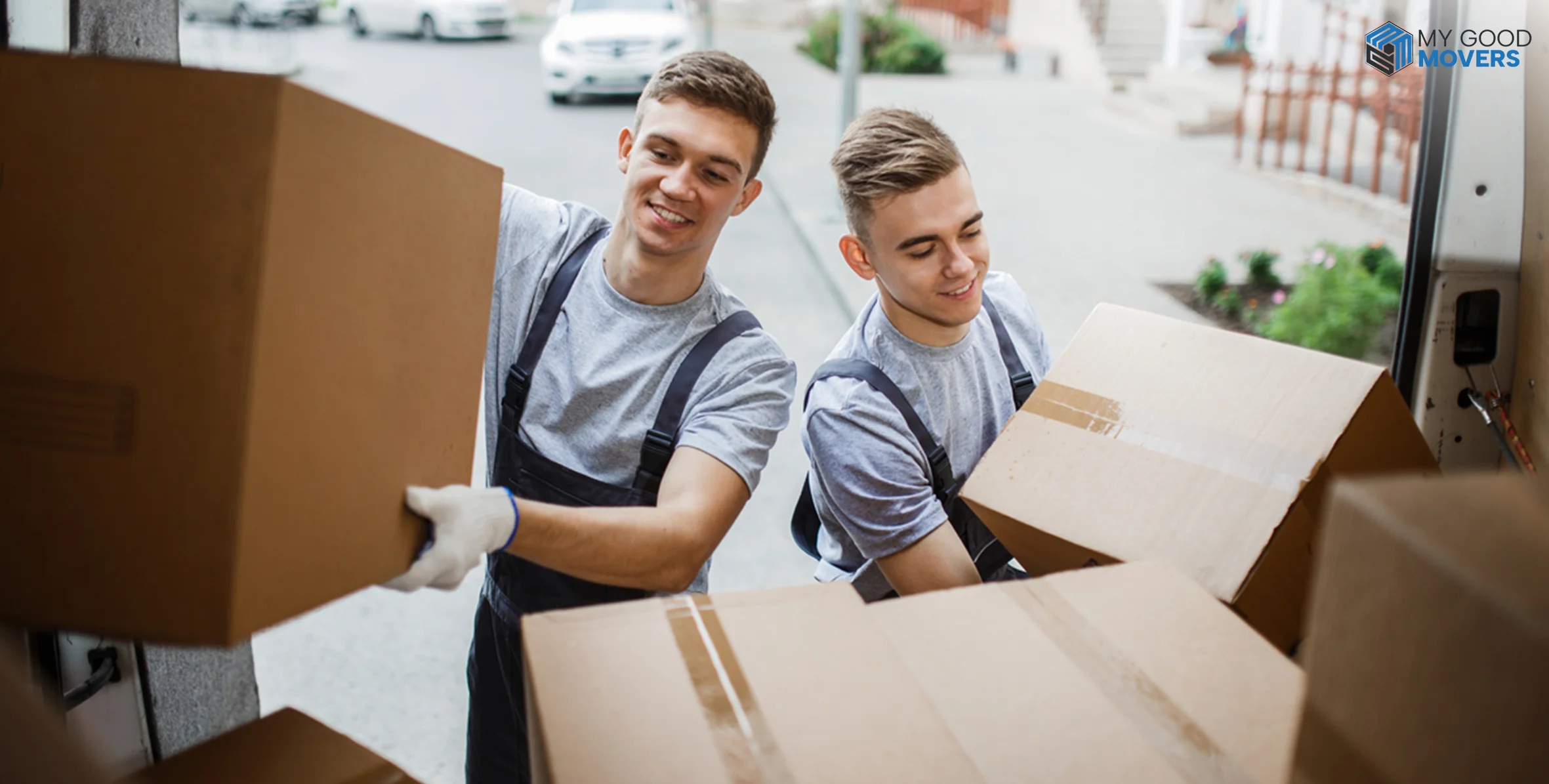
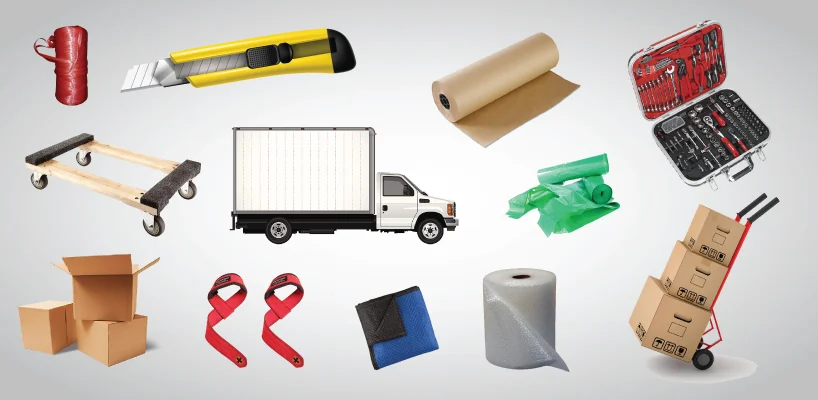
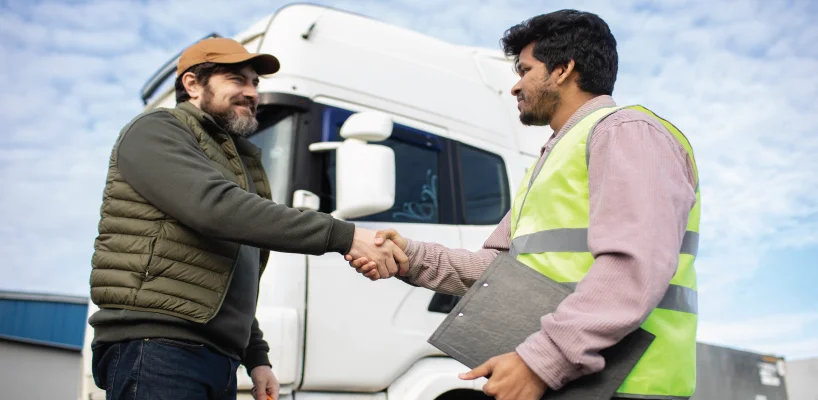
 (239) 799–6077
(239) 799–6077